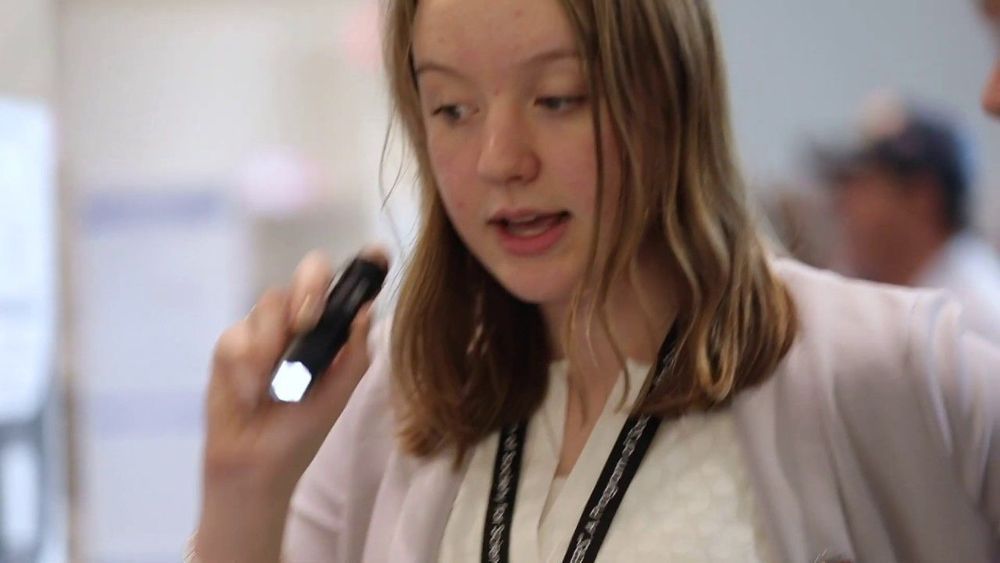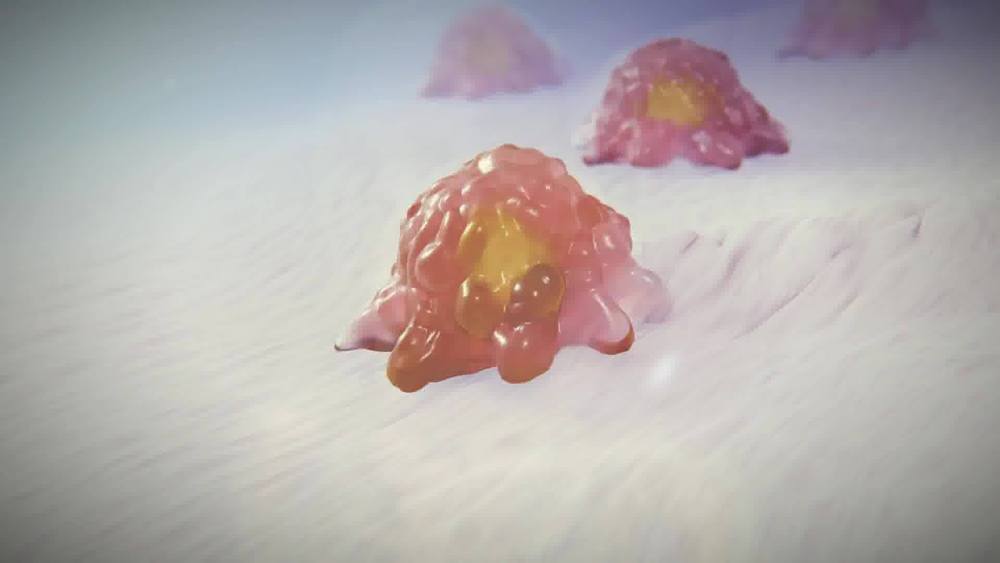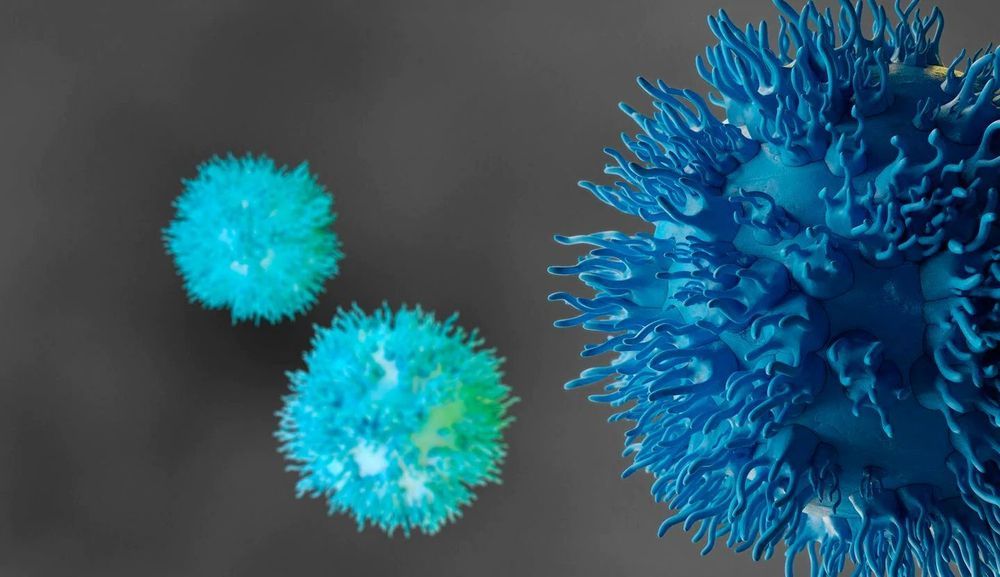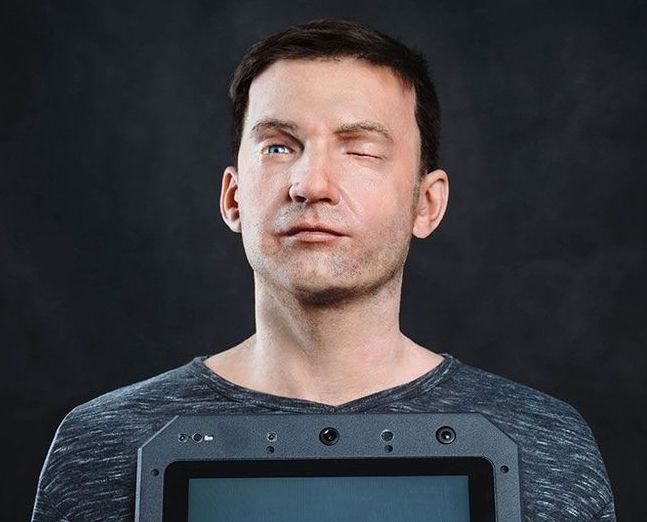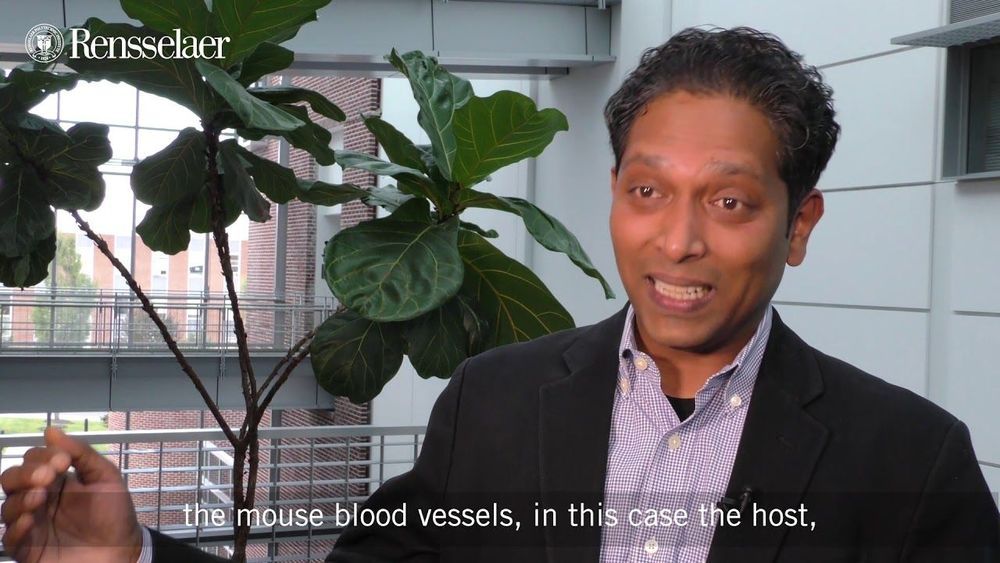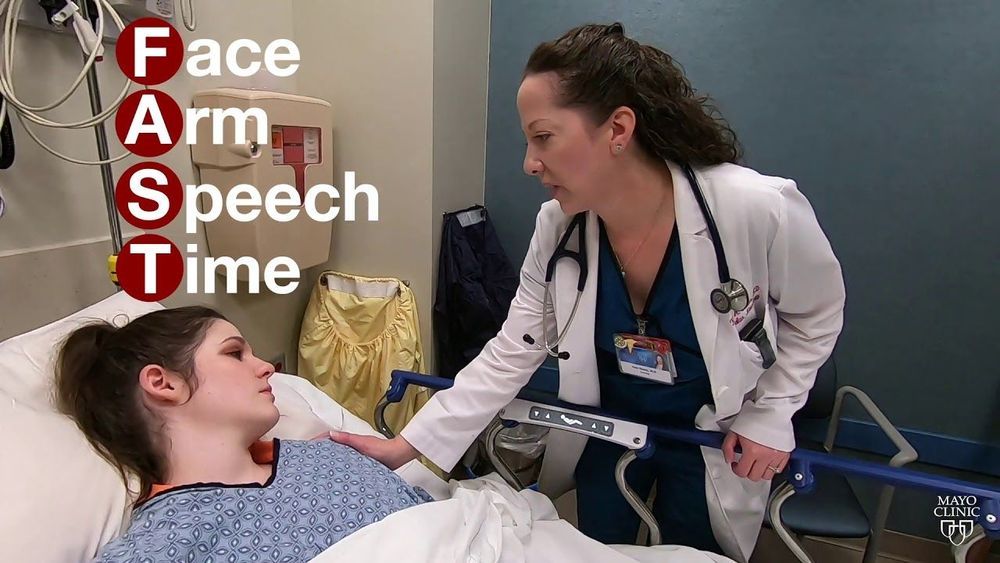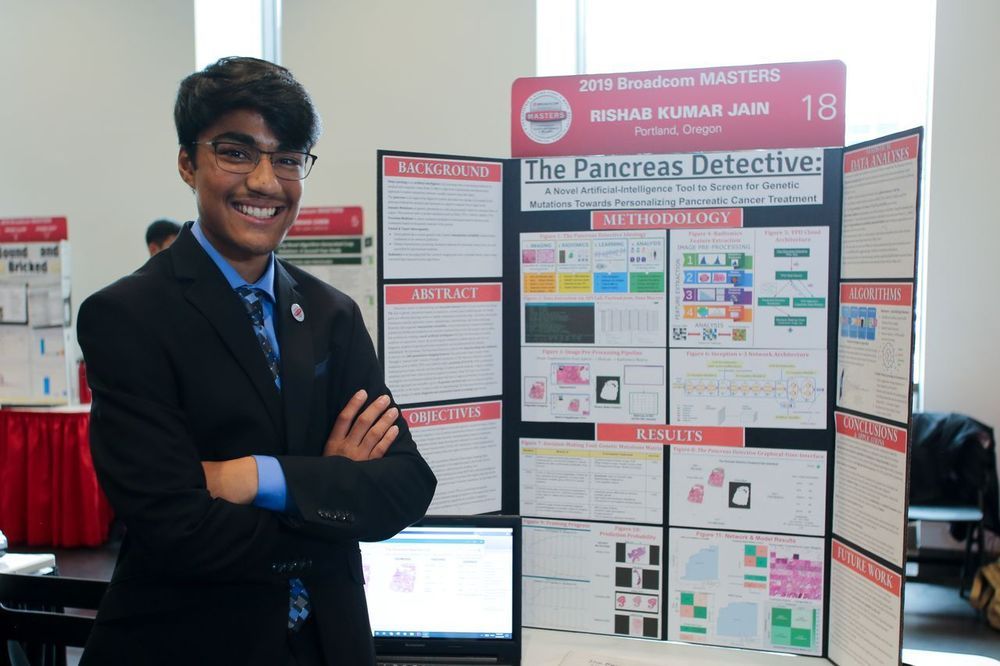
A Portland teen won second place in a national technology contest, taking home $2,500 that he can use to attend science camp next summer.
Rishab Jain, 14, is a freshman at Westview High School. His winning project, which he calls the Pancreas Detective, is an artificial intelligence tool that can help diagnose pancreatic cancer through gene sequencing. The algorithm helps doctors focus on the organ during examinations, which is often obscured because it moves around the abdominal area as patients breathe and other bodily functions shift other organs as well.
Last year, the same project netted $25,000 from 3M when he attended Stoller Middle School. He used that money to fund his nonprofit, Samyak Science Society, which promotes science, technology, engineering and math education for other children, Time Magazine reported.
